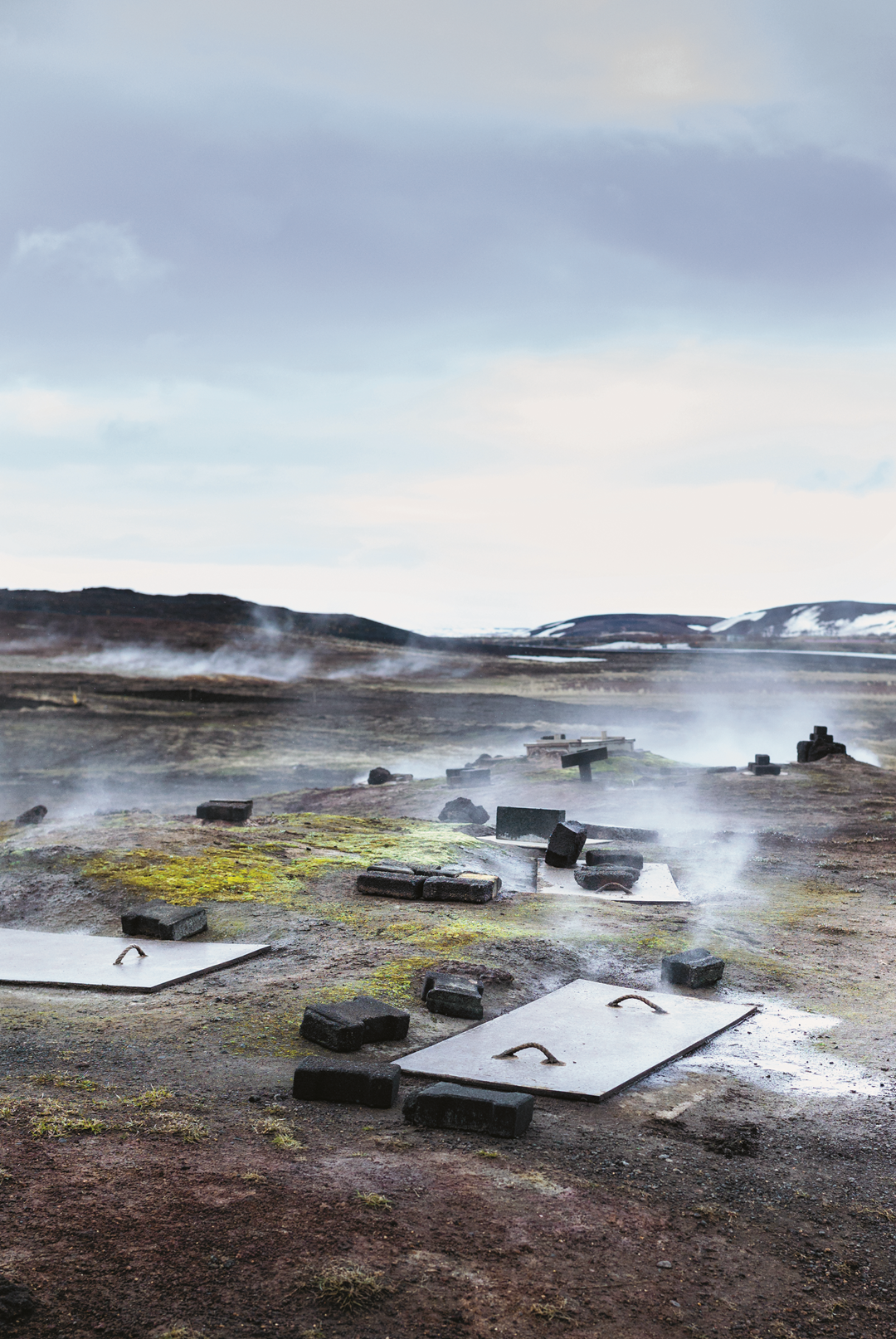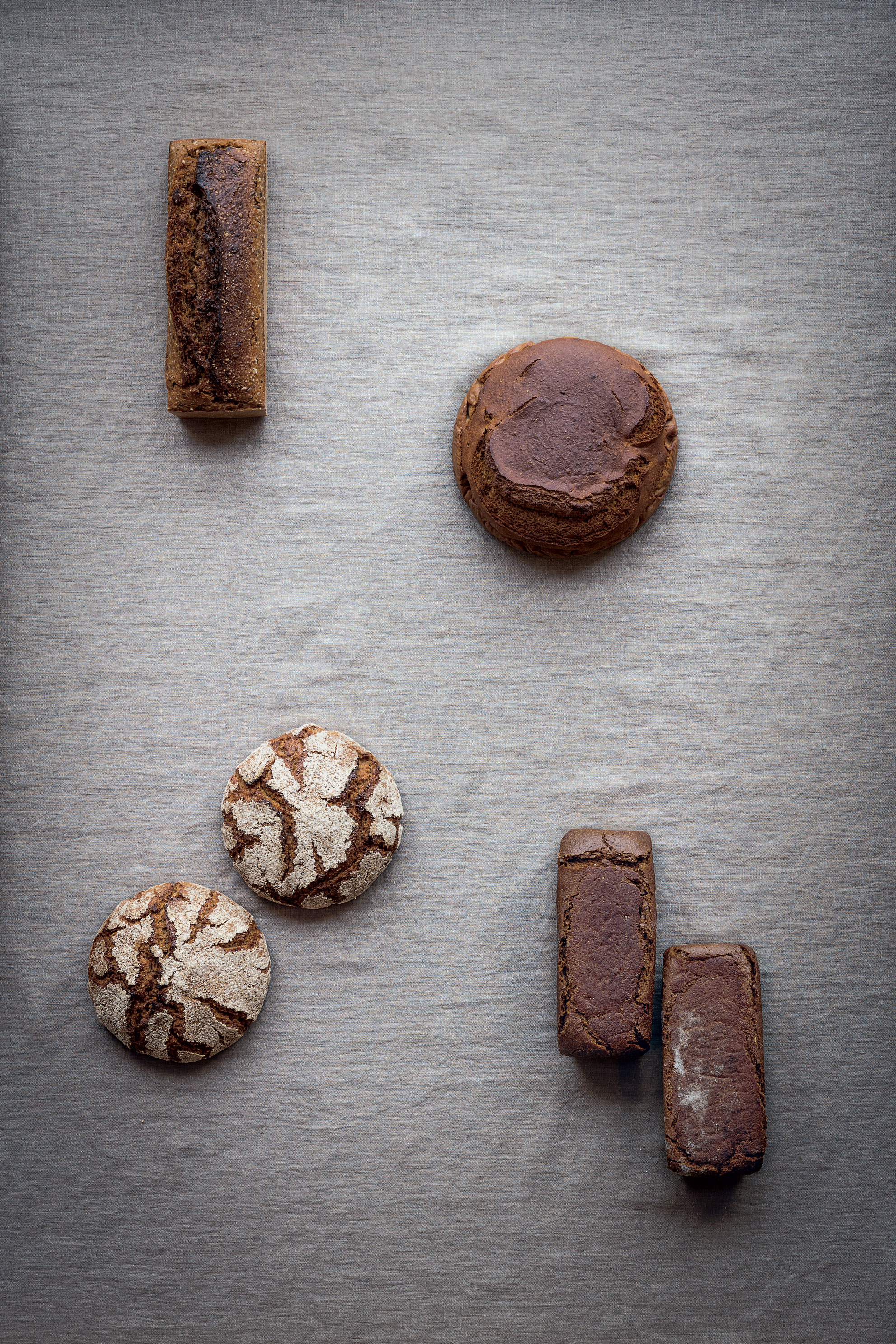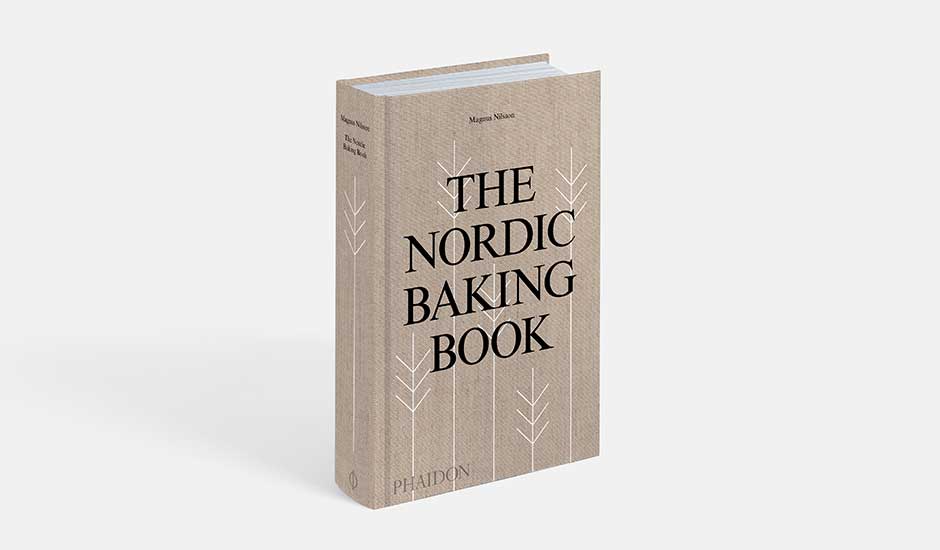
'Sweet bread mingling with the scent of volcanic activity'- Magnus Nilsson on Icelandic traditional baking techniques
The Nordic Baking Book author definitely knows a natural steam oven from a hole in the ground!
Iceland, in the North Atlantic, with its glaciers and volcanoes, isn’t the ideal place for wheat or barley cultivation So it shouldn’t surprise us to discover that, when bread flour did arrive, Icelanders treated it with a fair degree of reverence.
“Historically, Icelandic bread was rare and enjoyed only on special occasions,” writes Magnus Nilsson in The Nordic Baking Book. Indeed, grain was in such short supply, that bakers used a hand grinder to mill it into flour, rather than rely on wind or water mills.
However, once they had the ingredients, Icelandic bakers did have one, distinct advantage over the rest of the world: the geothermic ground beneath their feet.

Icelandic rye bread is not baked, but steamed, using the heat of the earth, explains Nilsson in his new book. “Sites for baking bread can be found around hot springs close to villages in the Icelandic countryside,” writes the chef and author. “They function a bit like communal spaces and every family will have a hole in the ground in which they bake their bread. It is funny walking over the steaming ground, criss-crossing between holes covered by ramshackle lids, the smell of sweet bread mingling with the sulphurous scent of volcanic activity.”
Thankfully, the recipe for Icelandic rye bread in Nilsson’s new book doesn’t require a return ticket to Reykjavik. “If you do not have access to a suitable geothermal area, place the vessel – with the lid on – in the oven at 90.C/195.F for 12 hours.”

That’s a workaround most of us will find simple enough. To find out more about both this style of baking, and countless other Nordic techniques, order a copy of The Nordic Baking Book here.